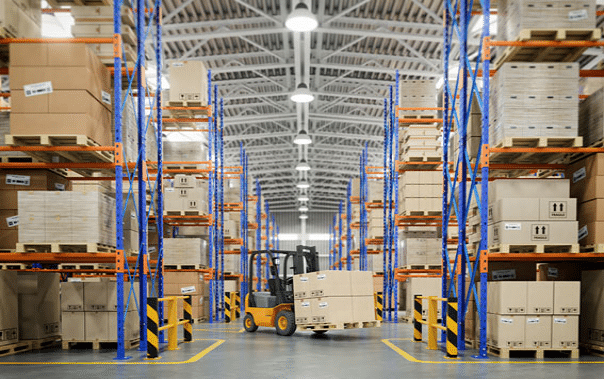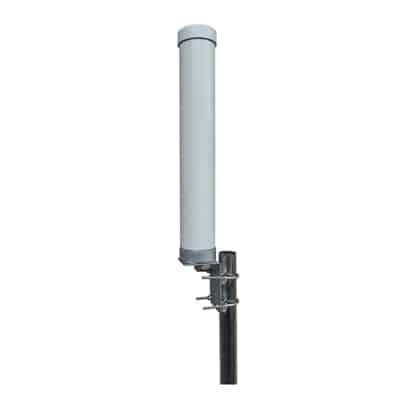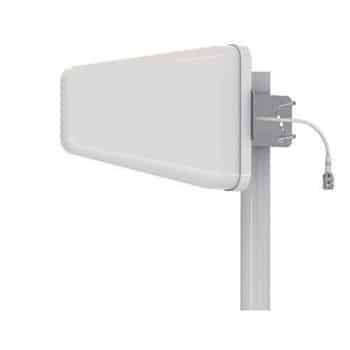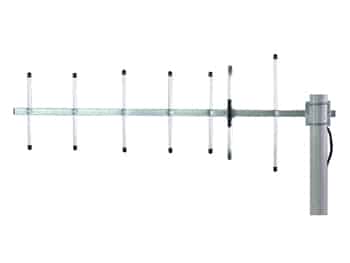
Technology drives warehouse operations to increase productivity, decrease errors, and maintain order and efficiency. Modern warehouses and distribution facilities are now able to track and identify merchandise in real-time thanks to the usage of RFID sensor systems. In a warehouse setting, the RFID tracking system is a crucial tool. Even objects that are concealed by pallets or crates can be catalogued and scanned using an RFID warehouse tracking system from any location.
Table of Contents
ToggleThe advantages of RFID in warehouse management
RFID technology is used by distribution companies, and they can speak to its ability to increase efficiency and productivity. As a result, distribution centers all over the world have used the technology to increase their operational effectiveness. Distribution facilities and warehouses are difficult settings that need for effective data management.
Here are some reasons why you should employ RFID technology in your warehouse or distribution center if you are still debating whether to add it to the mix of automation options. Here is the list of benefits of RFID usage in Warehouses.
1. To better monitor the transportation of goods
Employing RFID in the warehouse will offer a number of important advantages because it is highly accurate and reduces the possibility of human error. An item’s entry or exit will be immediately recorded by the RFID. With automated procedures that communicate with the warehouse software, time is saved.
Systems for managing warehouses keep tabs on the delivery, storage, and distribution of commodities. Inventories levels, product locations, reorder information, and other data that users might need for supply chain management are all stored in a WMS.
Users can use RFID technology with a WMS to possibly improve the speed, simplicity, and accuracy of product tracking. Employees can utilize an RFID scanner to scan each pallet of merchandise as it enters a warehouse, adding the new stock to the WMS.
Employees can scan products and bin numbers as they are put away in the warehouse to enable location tracking. Additionally, pickers can scan each RFID tag as they choose items, marking the product as having left the distribution center, after scanning each RFID tag.
2. To enhance the production process
While preserving quality standards, RFID can help reduce manufacturing costs and speed up production. Suppliers can track components and raw materials inside their facilities using RFID tags, potentially lowering the requirement for reordering if a part that was thought to be lost is discovered. RFID can also be used by production equipment to locate and choose components before assembling them into consumer-ready products.
3. To decrease the need for worker intervention in services
As a result of the RFID’s ability to instantaneously determine the precise location of any item, workers can enhance efficiency and cut down on time spent on tasks like pick and pack. In doing so, accuracy is improved and efficiency is maximized. Labor costs are decreased since RFID technology automatically creates and reports information when it is scanned.
4. In order to simplify warehousing operations
Because an effective warehouse serves as the brand’s public face, it is crucial for ensuring accurate and timely deliveries to customers. In order to optimize efficiency and maximize throughput, RFID technology improves inventory visibility and control.
The human handling and tracking of each shipping component has been replaced by RFID technology. Damages, user mistake, and time loss have been avoided as a result. RFID technology enables data to be gathered in real-time at various points in the product’s lifecycle, resulting in improved management information for operational and planning activities.
What can Tesswave do for you?
Tesswave provide 100+ antenna products and you can contact us for antenna customized solutions, get in touch with us today to get a Free quote.
Get an Instant Quote
Get a FREE quote and we will contact you within an hour
5. To avoid both overstocking and understocking
Inventory control and accountability are made simpler with RFID technology. As a result, the owner can precisely identify the goods and the quantity in stock. The tags make it easier to replenish the most popular goods by allowing stock control.
Customers of today want all things to be readily available at all times, and suppliers may make sure their products will be on hand when needed by combining consumer demand data with RFID’s product tracking.
Because RFID can trace products along the supply chain, suppliers, manufacturers, and retailers who utilize it are always aware of where their products are. The products in a particular area can then be matched by these groupings, ensuring they have enough to fulfil forecasted sales levels.
Because it can boost product availability, RFID may serve to improve customer experience when combined with consumer demand data.
6. To increase the capacity for information
Retail partners, supply chain partners, and customers can all readily obtain additional information, such as tracking and tracing, using RFID tags. It is possible to scan or track RFID tags without a specific line of sight. As a result, partners and customers can be aware of the products that are in stock as well as their precise location in the warehouse.
RFID prevents data duplication, transcription mistakes, and “missing items” because the information is gathered and uploaded electronically. Due to the efficient processing of information and lead generation, data availability, accuracy, and visibility throughout the supply chain are improved. Increasing warehouse capacity enables better distribution and higher worker output.
7. To improve traceability and quality
Before entering the warehouse, things must have gone through all the necessary procedures and inspections, according to RFID systems. Since a product has been examined and approved before being supplied to the warehouse and customer, this raises the quality and lowers the number of things that need to be returned. Through the use of RFID tagging technology, traceability is ensured by following an item all the way back to its point of origin.
8. To Reduce the labor costs
Keep in mind that labor makes up more than 50% of the expenses in a distribution facility. You can quickly do inventory counts, pick times, and shipment verification using RFID tags and labels. Your warehouse operation costs will be reduced because you won’t need to hire any more workers to complete the task.
Inventory errors can be minimized and possible losses can be avoided thanks to the accuracy of the RFID system. Multiple tasks that would otherwise require human hands can be handled by the system at simultaneously.
Final words
To produce the necessary outcomes and maintain their presence in the contemporary competitive environment in their sector, warehouses must reinvent their functionality. Nowadays, RFID technology is used across a wide range of businesses to manage everything. Everything from your family pet to your passport can be monitored.
It has evolved into a priceless tool as a result of its real-time tracking and identification capabilities. Given all that it is capable of, it shouldn’t be a surprise that it has in fact evolved into a beneficial advancement.
Ultimately, RFID technology represents a shift. It represents a step toward supply chain management that is more productive in terms of workflow. And specifically when it comes to warehouse automation, it shows off a progressive future.







